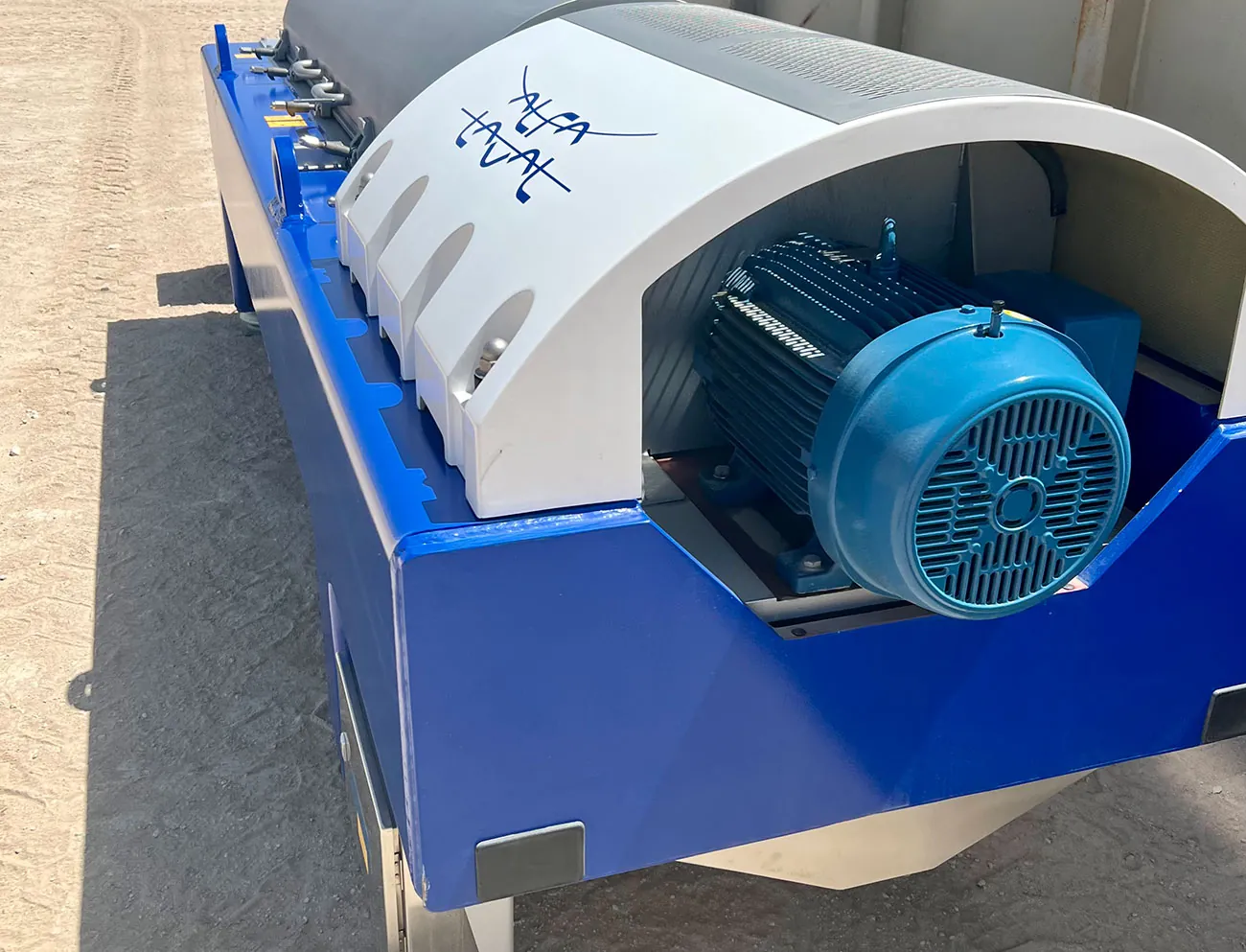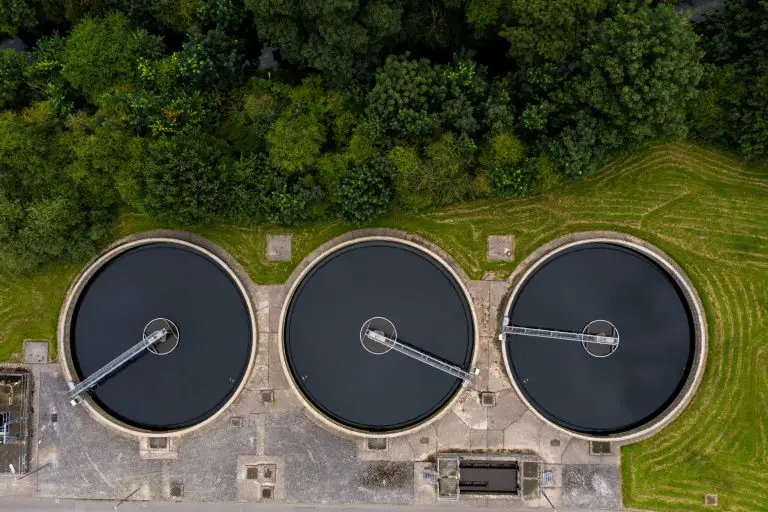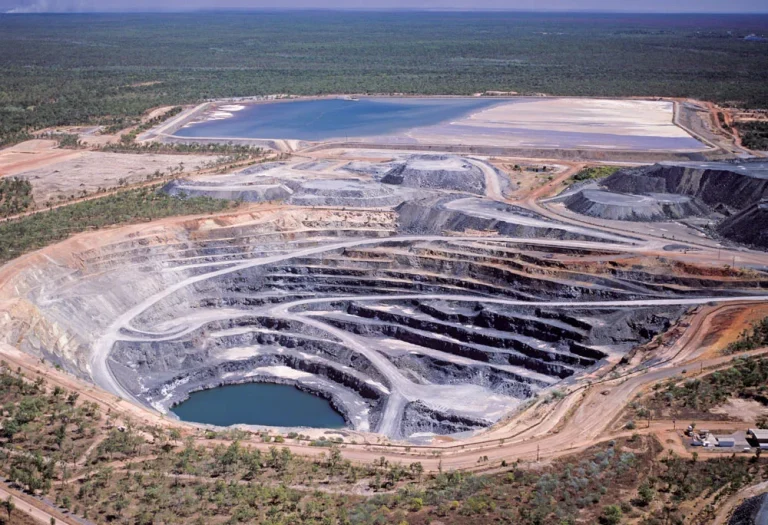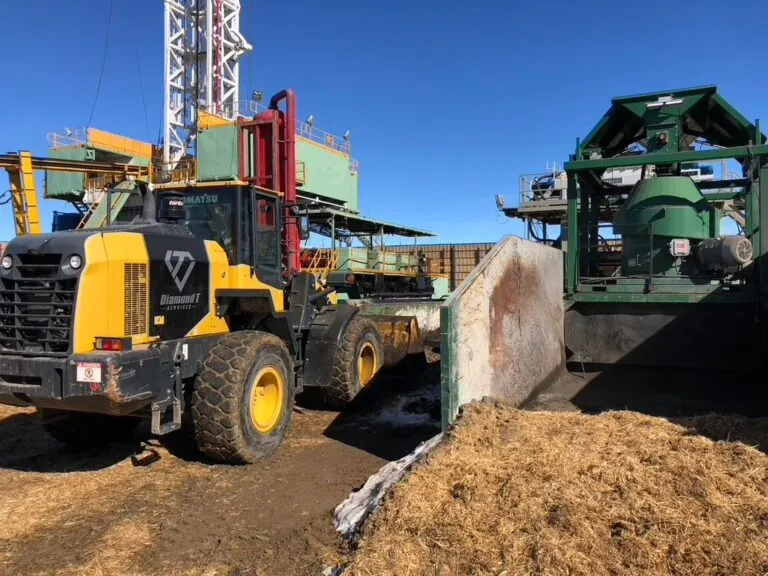Drilled solids in drilling fluids could lead to poor financial consequences. The bad quality of filter cake becomes incompressible because of excessive drilled solids that could create bad filter cake quality. The bad filter cake quality creates lost circulation. The existence of drilled solids raises the hidden cost of the process.
Thick filter cakes made by drilled solids also produce swab pressures and huge surges. Eliminating drilled solids from a drilling fluid will reduce plastic viscosity and improve the drilling performance. The solids must be brought to the surface quickly without crushing in the annulus.
Good solids control begins with fast removal of solids from under the drill bit and effective transport up the annulus. Removing drilled solids removal provides wells that are drilled quicker and inexpensively without a lot of nonproductive time.
In this blog, we’ll discuss the important attributes of solids control and why it’s vital to make informed choices when choosing and working solids control systems.
Solids Control Defined
Waste management using solids control is the method by which solid particles produced from rock cuttings in the drilling process are divided from the drilling mud. The increasing need for reducing the environmental effects associated with oil drilling has heightened the significance of solids control.
The effective removal of solids from the drilling mud drastically decreases the amount of waste produced by the drilling operation. For instance, a 10% advance in drilled solids removal in deep well drilling can lessen the waste by 8000 to 10000 barrels. Eliminating solids from the drilling mud also makes it more appropriate for recirculation into the system.
Achieving Effective Solids Control
Solids can only be eliminated efficiently if the system used to eliminate them is effective and reliable.
Each phase of the solids control system must be followed to guarantee that solids of any size are correctly removed. Since each job is different and subsurface soil conditions differ, the solids control system should be altered to match the site conditions. This may be done by having an array of screen sizes and meshes on hand.
The solids control system must be hydraulically balanced, must be able to make both fine-cut and scalp-cut and must have enough volume for mixing and recirculating drilling fluid. The various machinery used in the solids control system has various eliminating abilities.
Substantial volumes of drilling mud may be produced from drilling operations, some of which aren’t fit for reuse and might need to be dumped. Replacement drill fluid might necessitate freshly makeup water to be carried to the site. These procedures all need close management to guarantee they can be finished safely for people and the environment and could affect the budget and timeframe of the project.
What is Solids Control Technology?
Solids control technology is being used increasingly, aiding drilling contractors to distinguish themselves by providing more safety, environmental, and health benefits.
Solids control technology is the ultimate companion for drillers, permitting economical, minimal-impact drilling, even in the most constrained areas.
It works by moving drilling fluid right from the drill collar to be processed by the centrifuge and shaker, where drill solids are detached from the mud slurry and released via a waste chute. The decanting centrifuge is typically customized for diamond drilling, eliminating solids and keeping drilling fluid in good condition. After being treated, cleaned drilling fluids travel into a container for going back to the drill rig to be reused. The drilling fluid is comprised during this whole process.
Solids Control Technology and Drilling Fluids
Without handling the mud slurry right from the hole, solid cuttings could cause wear and tear on wireline, drill bits, and other components, usually decreasing the life of the machinery, and lessening the ROP while raising maintenance and replacement costs. Sand content could also be a problem with its abrasive impact on pumps. Decreased bit changes, bit life, maintenance, and replacement of machinery could have extreme effects on operating costs and time.
Solid control technology creates drier cuttings with no water runoff and the water left is prone to evaporate in the correct conditions. Also, the volume of cuttings for disposal is considerably less and has been shown to lower waste volumes. Another advantage is this technology can drastically decrease mud and water consumption and costs. The system recycles drilling fluid, minimizing mud consumption by giving back clean fluid, with the best drilling fluid properties to the drill hole.
Waste During the Drilling Operation
Waste generation is the unavoidable result of every construction project. The issue doesn’t lie in the fact that waste is produced. The issue is with the way it’s managed. It has been a challenge for the industry when it comes to waste disposal during the drilling operation.
The use of drilling fluid is a vital part of trenchless technology as it gives the required lubrication to install the pipe and functions as a carrier for eliminating the drill cuttings from the borehole. Drilling waste must be managed, and waste management guidelines and methodology differ with each project. Recycling drilling mud has become admired since it saves costs associated with mud disposal.
Various technologies like onsite disposal, bioremediation, waste recycling, thermal desorption, solids control, and incineration are now available for businesses to manage drilling waste.
Consequences of Poor Solids Control on Drilling Operations
In the drilling world where drilling fluids and their disposal costs keep increasing, solids control has developed into a crucial concern. The key objective is apparent: increase the use of drilling fluid while reducing the volume that must be disposed of.
Solids control machinery has a vital role in accomplishing this goal, especially for contractors working big rigs where such equipment is usually included from the outset. However, even mid-size rigs can benefit, according to their locations and tasks.
For experienced operators of big rigs, the basics of solids control machinery are well-understood, making equipment choice very straightforward. Yet, smaller operations must tread cautiously, evaluating requirements before buying and staying clear of the temptation to choose the cheapest available unit. In fact, oversizing the unit could be advantageous since manufacturer ratings typically assume perfect mud conditions and constant flows, which are uncommon in the field. Conversely, under-sizing the unit could generate poor fluid quality reverting to the borehole, creating drilling problems and operational postponements as the cleaning system tries to keep pace.
Effective drilling and manufacture are contingent on good mud properties. These properties must not be limited by the solids control system. It is critical to sustain the necessary viscosity and flow volume for cutting removal. An efficient drilling fluid program must have a balance between recyclability and effective drilling.
Understanding the basics of drilling mud and its purpose is essential to success. The primary goal is to have mud with the viscosity required to move cuttings out of the borehole and into the return pit, where solids could begin settling out before reprocessing. The compounds necessary when mixing mud are:
- Bentonite
- Liquid additives
- Water
- Dry polymers
- Soda ash
Water condition is crucial as it contains over 95% of the drilling fluid.
To keep the mud quality and make it fitting for recirculation, the content of solids in the mud must be kept under 5%. When the amount of solids in the drilling mud is more, the quality of the filter cake lessens, enlarging the thickness of the cake and disturbing the downhole filtration. Some issues connected with bad-quality filter cake are:
- Sloughing
- Enhanced drag and torque, sloughing,
- Stuck pipe
- Increased surge and swab pressures
Additional solids in the drilling mud also decrease the speed of penetration of the drill bit, amplify the danger of wellbore instability because of lengthy periods of open boreholes, and raise drilling costs.
When the drilling fluid is initially pushed out of the borehole, the first phase of the solids control system is to eliminate as many of the big cuttings without affecting the drilling fluid solids. This may only be done if the solids control machinery is accurately constructed, installed, and built to handle a huge amount of the mud circulation rate.
Drilling fluids are made up of a vast assortment of chemicals. While the bulk of drilling fluid products are created to diminish their impact on the environment, some still are healthy and safety hazards. They can be dangerous to the flora and fauna or pollute land areas or waterways. Caution is necessary not only in the direct handling of chemicals and drilling fluids but also as part of their broader use in the drilling procedure.
Best Solids Control Provider in Denver
At Diamond T, our goal is to help our clients improve their solids control program by reducing the amount of solid waste while increasing drilling efficiency, saving them time and money. Contact us today so we can assist with your next drilling program.






